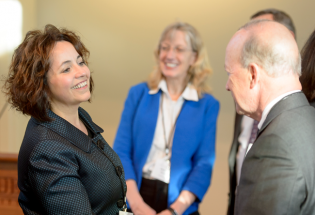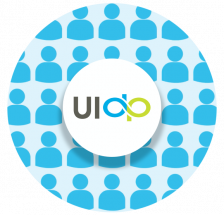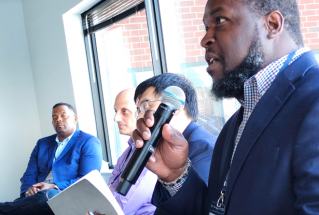Pitt enhances industry partnership efforts with implementation of customized CRM tool
Excerpted from the February 2023 issue of University-Industry Engagement Advisor. UIDP members can view the entire issue here.
The University of Pittsburgh’s corporate engagement activities have become “better and faster” since the development of a customized CRM system using Salesforce, according to Scott W. Morley, director of the Office of Economic Partnerships, which sits within the Office of Innovation and Entrepreneurship. Morley described the system in a Tech Transfer Central webinar, “Best Practices for Universities in Targeting High-Potential Partnerships,” and offered more detail and insights in an interview with UIEA.
The improvements sprang from a charge by the senior vice chancellor of research to double industry sponsored research within the next five years. As part of their goal of driving industry partnering at scale, Morley explained, his team determined to “utilize the Salesforce.com platform to develop a comprehensive innovation partner and customer relationship management system.”
Prior to these changes, Morley tells UIEA, “partnering involved very simple implementation of Salesforce that was not specifically designed for research innovation partnering. We were able to do basic account opportunity management, but we were missing the real enabler of the integration of our IP management system — KSS — with Salesforce.” (Following a reorganization at Pitt, the Office of Innovation and Entrepreneurship now includes the tech transfer office.)
“By linking KSS to Salesforce in particular,” he continues, “the work intersection between the tech transfer team and the industrial partnerships team is truly enabled, and we have visibility across the entire organization as to opportunities for research and licensing for all assets in the portfolio.” Prior to making that linkage, “there was a very manual process of going in, searching our IP database, and talking to licensing managers to kind of round up what was going on in that space,” he told the webinar participants.
“Previously,” he explains to UIEA, “any records of communication with partners typically lived in peoples’ personal inboxes. What we’ve moved to is a system by which communication with partners is all logged within a CRM system. This enables team members to pick up communications, and to understand what’s happened in the past, so if someone resigns, moves to another position, or is even on vacation, someone else can jump in and help.”
Mike Flock, PhD, associate director of industry partnerships, has only been part of the office headed by Morley for about a year, but for the previous five years he managed internal funding programs at Pitt. “We did not have such a tool,” he shares. “We had Excel sheets on correspondence, or we’d e-mail someone about where we’re at. Salesforce has records, documents of meetings, meeting notes, stages at which participant engagement has progressed to, and the reason by which a closed opportunity occurred — or the opposite. It’s a better understanding of engagement with these companies.”


